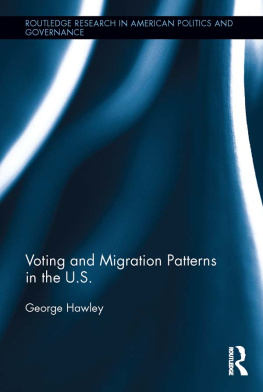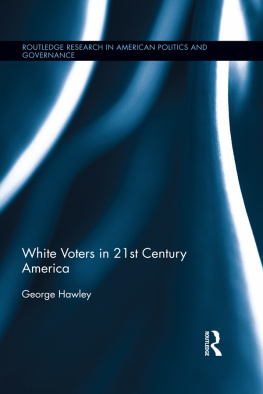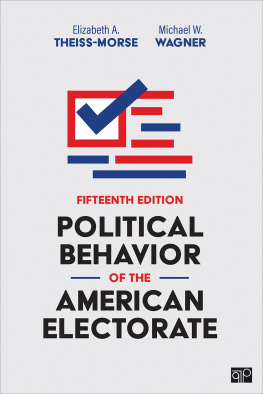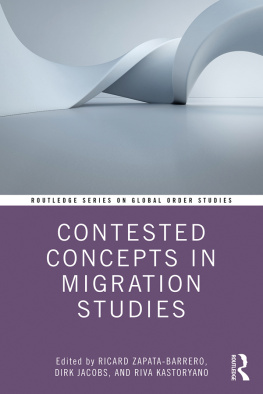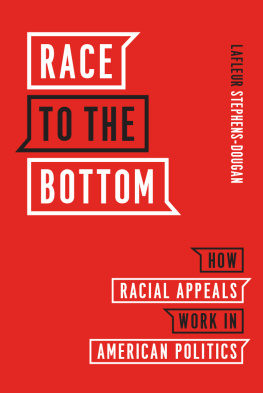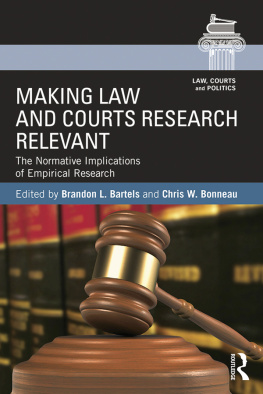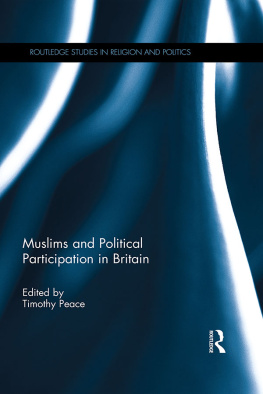Where we choose to live is clearly affecting our politics. George Hawley tells how migration is shaping the vote by explaining why Americans live where they do today.
Bill Bishop, co-author of The Big Sort: Why the Clustering of
Like-Minded America Is Tearing Us Apart
George Hawley has made a major contribution to renewed interest in political demography with his new book. He ably reviews the recent literature that documents some of the most prominent consequences of 21st century demography. Hawley's analysis reveals how major demographic shifts in marriage and family formation, urban-rural divergence, and racial-ethnic population movement are important aspects of these political shifts. He demonstrates there is evidence that, for a growing number of Americans, the desire to live in neighborhoods where their social and political values are congruent with their neighbors is a contributing factor to the geographic polarization that now overlaps with partisan polarization in America. For scholars and citizens interested in the driving forces of political change in the United States, this book is a must-read.
Richard W. Murray, University of Houston
Voting and Migration Patterns in the U.S.
In recent years, political scientists and journalists have taken a great interest in the question of whether the American electorate is sorting into communities based on partisan affiliation. That is, there is concern that American communities are becoming increasingly politically homogenous and this is because Americans are considering politics explicitly when determining where to live. Academics have since debated the degree to which this is a real phenomenon and, if it is, whether it has important normative implications. However, little empirical research has examined which factors turned some closely contested counties into Republican enclaves and others into Democratic strongholds.
Examining individual and aggregate data and employing a large number of statistical methods, George Hawley explores the increasing political homogenization of small geographic units and explains the causal mechanisms driving this phenomenon as well as its consequences for individual political attitudes and behavior among residents residing in these geographic units. He argues that some partisans are self-selecting into communities of like-minded partisans, causing some areas to become overwhelmingly Republican and others to become overwhelmingly Democratic. The book also notes that the migratory patterns of Republicans and Democrats differ in systematic ways for other reasons, due to the different demographic and economic characteristics of these partisan groups.
At a time when many studies argue that a large percentage of the electorate is self-selecting into communities based on their political preferences, this bookshelf essential presents a much needed account on the different migratory patterns of Republicans and Democrats and how these patterns are shaping the geography of American politics.
George Hawley is Assistant Professor of Political Science at the University of Alabama. His research interests include demography, electoral behavior, political parties, immigration policy, and the U.S. Congress.
Routledge Research in American Politics and Governance
Lobbying the New President
Interests in Transition
Heath Brown
Religion, Race, and Barack Obama's New Democratic Pluralism
Gastn Espinosa
Direct Democracy in the United States
Petitioners as a Reflection of Society
Edited by Shauna Reilly and Ryan M. Yonk
American Exceptionalism in the Age of Obama
Stephen Brooks
An Empire of Ideals
The Chimeric Imagination of Ronald Reagan
Justin D. Garrison
Resisting Injustice and the Feminist Ethics of Care in the Age of Obama
Suddenly,... All the Truth Was Coming Out
David A. J. Richards
Interfaith Advocacy
The Role of Religious Coalitions in the Political Process
Katherine E. Knutson
Social Contract Theory in American Jurisprudence
Too Much Liberty and Too Much Authority
Thomas R. Pope
Democracy, Intelligent Design, and Evolution
Science for Citizenship
Susan P. Liebell
Voting and Migration Patterns in the U.S.
George Hawley
Voting and Migration Patterns in the U.S.
George Hawley
First published 2014
by Routledge
711 Third Avenue, New York, NY 10017
Simultaneously published in the UK
by Routledge
2 Park Square, Milton Park, Abingdon, Oxon OX14 4RN
Routledge is an imprint of the Taylor & Francis Group,
an informa business
2014 Taylor & Francis
The right of George Hawley to be identified as author of this work has been asserted by him/her in accordance with sections 77 and 78 of the Copyright, Designs and Patents Act 1988.
All rights reserved. No part of this book may be reprinted or reproduced or utilized in any form or by any electronic, mechanical, or other means, now known or hereafter invented, including photocopying and recording, or in any information storage or retrieval system, without permission in writing from the publishers.
Trademark Notice: Product or corporate names may be trademarks or registered trademarks, and are used only for identification and explanation without intent to infringe.
Library of Congress Cataloging-in-Publication Data
Hawley, George (Political scientist)
Voting and migration patterns in the U.S. / by George Hawley.
pages cm (Routledge research in American politics and governance ; 10) Based on author's doctoral thesis:
1. Party affiliation United States. 2. Migration, InternalPolitical
aspectsUnited States. 3. DemographyPolitical aspectsUnited
States. 4. VotingUnited States. I. Title.
JF2071.H39 2013
306.26dc23
2013007133
ISBN: 978-0-415-83703-3 (hbk)
ISBN: 978-0-203-40335-8 (ebk)
Typeset in Sabon
by Apex CoVantage, LLC
For Kristen
Contents
PART I
Migration and Partisan Self-Selection
PART II
Migration and Political Change
PART III
A Case Study
I could not have completed this project without the help of many generous and patient friends and colleagues. Their support has been invaluable throughout this process and I am grateful for all of the assistance they provided me.
I must offer special thanks to Richard Murray of the University of Houston. I began thinking about the issues discussed in this project in 2009 while I was a graduate student taking his course on political parties. It was at this time that I developed an interest in the relationship between demographics and political change. A paper I wrote for that class turned into my first peer-reviewed article. Dr. Murray subsequently served as the chair of my dissertation committee. He continued to provide valuable assistance following my graduation, and I could not have written the chapter in this book on Harris County without his knowledge on the subject and willingness to share data.
Other professors at the University of Houston deserve special thanks. Jennifer Clark and Jeronimo Cortina also served on my dissertation committee and helped me develop many of the ideas present in this book. Their thoughtful critiques allowed me to correct countless errors that otherwise might have found their way into the present text. I am also grateful to James Gimpel of the University of Maryland who graciously offered to read and carefully critique my dissertation. He did this despite the fact that we had never previously met and he had no reason to perform such a valuable service for me.

